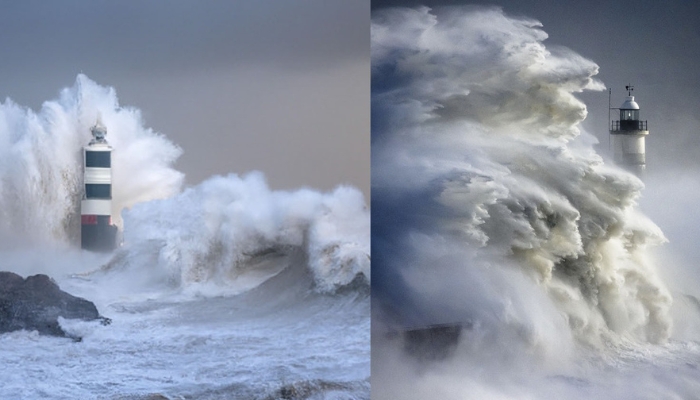Photographer wins a competition against AI

Miles Astray opposes the AI tendency in photography but is disqualified
The long-standing competition between humans and robots in photography has appeared more unfair with the emergence of generative AI. But one photographer has bravely defended human ingenuity by taking on his computerised rivals, and he has triumphed.
Miles Astray entered his own human-captured image, “Flamingone,” into the AI category of a major competition, defying the trend of AI-generated photos topping human photography competitions.
The striking image, which showed a ball of pink feathers perched on two knobby legs, convinced the judges to give him third place in the 1839 Awards’ “AI generated” category.
38-year-old Astray revealed that he was inspired to question the current quo after observing a pattern in which artificial intelligence (AI)-generated photos were winning conventional photography contests. “It struck me that I could flip this narrative completely on its head, in a manner only a human could conceive, by entering a genuine photograph into an AI competition.”
Naturally, I purposefully chose a photo that is so bizarre—almost unbelievable—that one may easily assume it was created by artificial intelligence.”
Astray was disqualified from his award, which included a monetary incentive for first place, shortly after it was made public that AI was not engaged. Two other creators were awarded the bronze medal and people’s choice award in its place.
“AI is already capable of producing incredibly realistic content, and if that content is viewed uncritically, you can easily deceive entire audiences,” Astray said.
We seldom ever questioned the veracity of images, movies, and audio recordings until recently. This has altered all of a sudden, and we have to adapt. Critical thinking skills are more important than ever. This personal accountability will be even more important than the labelling and flagging of content generated by AI.
While acknowledging Astray’s “powerful message,” the competition organisers said that Astray’s photo entry was unfair. His submission did not fit the specifications for the AI-generated image category. Each category has particular requirements that applicants’ photographs must conform to. They were aware of his intentions, but they didn’t want to prevent other artists from competing in the AI category and winning. The event’s organisers aimed to spread awareness of AI among photographers and offer encouragement to those who share their concerns.
Astray’s triumph comes after German artist Boris Eldagsen’s highly publicised success last year—he took home a Sony World Photography award using an AI-generated picture. Eldagsen defended his placement in the “creative open” category by pointing out how complex the creation process was. “The process has many steps; it’s not as simple as typing in three words and clicking ‘generate,'” he clarified to the Guardian in 2023.
Eldagsen’s image was disqualified since it was judged to be entirely artificial, according to the Sony judges, who explained that they were aware from the start that AI was involved. The judges released a statement saying, “We no longer feel we can have a meaningful and constructive dialogue with him.”
Astray thinks that the main goal of his strategy is to confuse people. “As the number of seemingly authentic fakes proliferates, distinguishing between reality and fabrication becomes increasingly challenging,” he said. “While I rely on technology for my way of life and don’t vilify it, I see it as a tool that can have both positive and negative impacts.”


